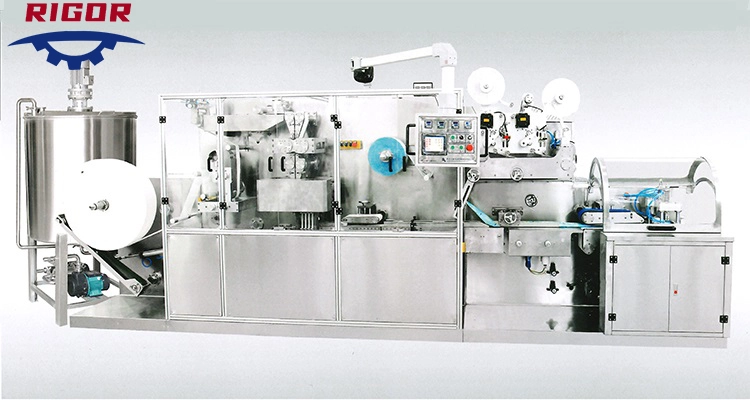Absolutely, modern diapers continually evolve to enhance comfort, absorption, and overall functionality.
Here are some innovative features commonly found in modern diapers:
- Advanced Absorption Technology: Diapers now feature advanced absorbent materials like superabsorbent polymers (SAP) that can hold significant amounts of liquid while keeping the surface dry.
- Wetness Indicators: Many diapers have color-changing strips or patterns that indicate when the diaper is wet, making it easier for parents to know when to change.
- Improved Fit and Elasticity: Modern diapers have better elastic components around the waist and legs, providing a snug yet comfortable fit that prevents leaks.
- Breathable Layers: Some diapers include breathable layers that allow air circulation to keep the baby’s skin drier and reduce the risk of rashes.
- Contour Shapes: Diapers come in various contour shapes designed to better fit a baby’s body, providing more comfort and flexibility during movement.
- Channeling for Even Absorption: Channels or grooves within the diaper help distribute wetness evenly and prevent clumping for improved absorption.
- Stretchable Side Panels: These panels provide a better fit and adjustability as the baby moves, ensuring a snug yet flexible diapering experience.
- Hypoallergenic and Fragrance-Free Options: Many diapers are now made with hypoallergenic materials and are fragrance-free, catering to babies with sensitive skin.
- Environmental Considerations: Some brands offer eco-friendly diapers made from sustainable materials or with reduced environmental impact.
- Specialized Diapers for Different Stages: There are diapers designed for specific developmental stages, such as newborns, active babies, or toddlers, with features tailored to their needs.
These innovations aim to provide better comfort, protection against leaks, and improved overall performance while considering the baby’s skin health and environmental impact. Parents have a wide range of options to choose from based on their preferences and the needs of their baby.
How do diaper sizes vary and how can one choose the right size for a baby?
Diaper sizes vary based on a baby’s weight, and each brand might have slightly different sizing guidelines. Generally, diaper sizes range from newborn to larger sizes meant for toddlers.
Here’s a general guide on choosing the right diaper size for a baby:
- Newborn Sizes: Typically for babies up to 10 pounds (4.5 kg). These sizes are designed to fit smaller newborns and usually have a cutout for the umbilical cord stump.
- Size 1: For babies weighing around 8 to 14 pounds (3.6 to 6.4 kg). This size usually fits most newborns once they outgrow the newborn size.
- Size 2: For babies weighing approximately 12 to 18 pounds (5.4 to 8.2 kg). Babies often transition to this size once they outgrow size 1.
- Size 3: For babies weighing about 16 to 28 pounds (7.3 to 12.7 kg). This size is suitable for older infants and might offer extra features for active babies.
- Size 4: For babies weighing around 22 to 37 pounds (10 to 16.8 kg). It’s for more mobile and larger babies/toddlers.
- Size 5 and Up: Larger sizes for toddlers and older children, typically ranging from 27 pounds (12.2 kg) and up.
To choose the right size:
- Consider Weight: Check the weight guidelines on the diaper package. Ensure you know your baby’s current weight or have a rough estimate to select the appropriate size.
- Fit and Comfort: A well-fitting diaper should be snug but not too tight around the waist and legs. diaper manufacturers It should provide coverage without leaving red marks or causing discomfort.
- Watch for Leaks: If the diaper is frequently leaking or causing blowouts, it might be time to try a larger size. Conversely, if there are gaps or the diaper sags excessively, a smaller size might be more suitable.
- Observe Baby’s Growth: As babies grow, their size and weight change. Periodically check if the current diaper size still fits well and make adjustments accordingly.
Remember that each baby is different, and it’s essential to consider both weight guidelines and your baby’s comfort when selecting diaper sizes. It might also involve some trial and error to find the best fit for your baby.
